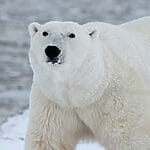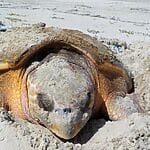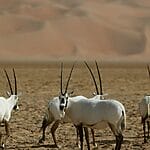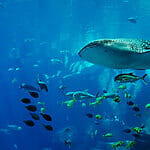Antarctica is the driest, coldest and windiest continent on Earth. Despite these harsh conditions there are lots of animals that thrive there – over 200 different species of animals make Antarctica their home.

So what are these animals that survive in places humans would struggle to live? How have they adapted to their environment?
We have put together this interesting guide to some of the animals that live in Antarctica. Keep reading if you want to know more about these fascinating creatures.
Adelie Penguins

Adelie Penguins are only found in the Antarctic, along the southern coastline where they are quite common.
They take their name from the wife of the French explorer who discovered them in 1840. They are considered to be a medium sized penguin, measuring less than 30 inches in length.
In terms of appearance the males and females are very similar, though the females weigh less and have slightly smaller beaks and wings.
Their most distinctive feature that sets them apart from other penguins is the white ring around their eyes which forms when they reach one year old.
These penguins hunt for prey as well as foraging what they can. They live mostly off fish and krill, unless they manage to get hold of glacial squid.
The fossil records indicate that these penguins used to eat more fish and less krill. This is due to other species competing for krill as a source for food, such as Antarctic fur seals and baleen whales.
These species have rapidly declined in numbers which leaves krill as an easy food source for the Adelie penguins.
These penguins can be seen resting on the sea ice when they are not letting their curiosity get the better of them and exploring their habitat.
Their natural predators are leopard seals and certain types of birds. Orcas also pose a threat, but they are more interested in the seals.
The penguins lay two eggs each mating season, and the eggs and young chicks are particularly at risk of being snatched by a large bird.
Leopard Seals
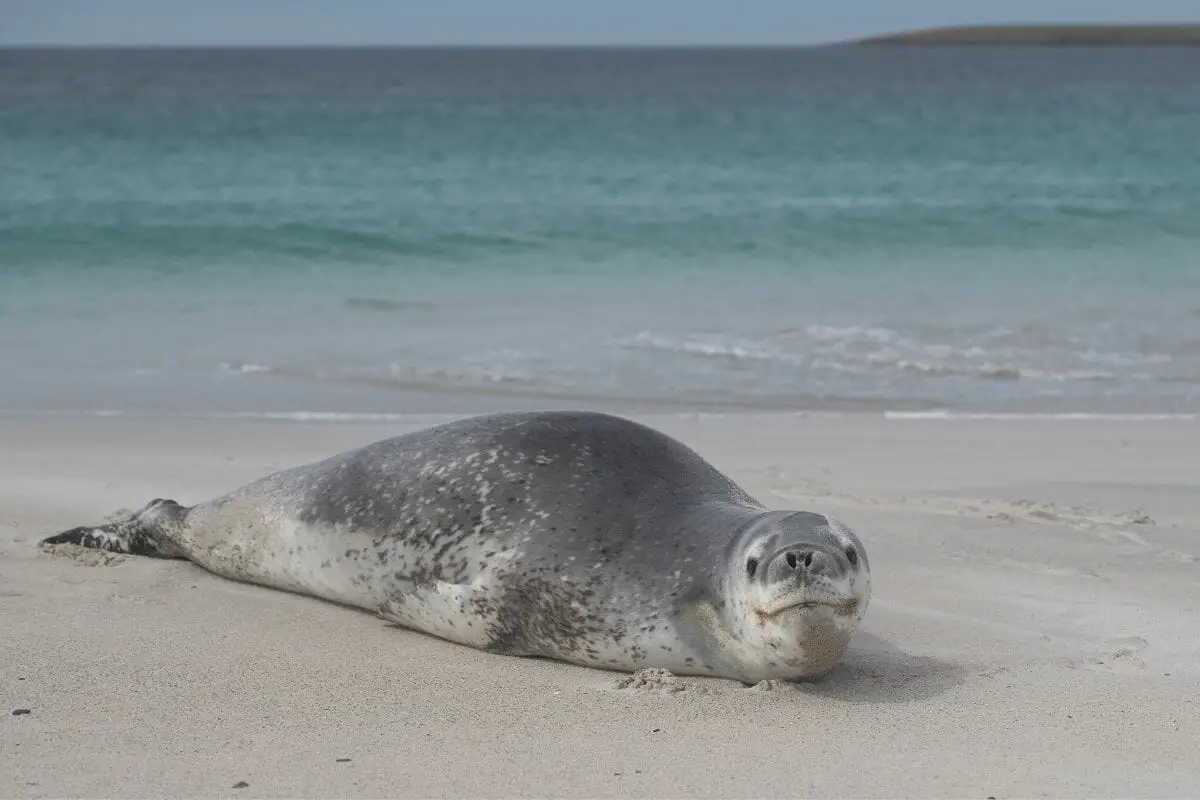
Leopard seals, also called sea leopards, are a carnivorous sea mammal. They feed on penguins, cephalopods like squid and octopus, fish, krill, birds and even smaller seals.
They have a longer body than a lot of other seal species, and they are incredibly muscular. Perhaps their most distinctive feature is their large jaws, as this is what has put them so high up the food chain.
They have sharp front teeth for killing prey, and locking molars which allows them to easily sieve krill from the water. The only threat to these seals are the orcas that also live in the Antarctic.
Leopard seals have been known to attack humans if they come across them, but interactions are rare so it is hard to know whether they are defending their territory or testing out new prey.
Leopard seals are very agile in the water due to their muscles but also their large front flippers which they use for steering.
The females are larger than the males, and they have a thick layer of blubber which keeps them warm even in the harsh conditions.
The blubber also helps them to move faster through the water by making them more streamlined, which is essential if they want to keep up with penguins.
Leopard seals have one pup a year which will live with the mother for a month before they go off on their own.
The mother will dig a hole in the sea ice to keep the pup safe. Juvenile seals cannot dive as long or as deep as adult seals, which means that they don’t eat krill.
Commerson’s Dolphin
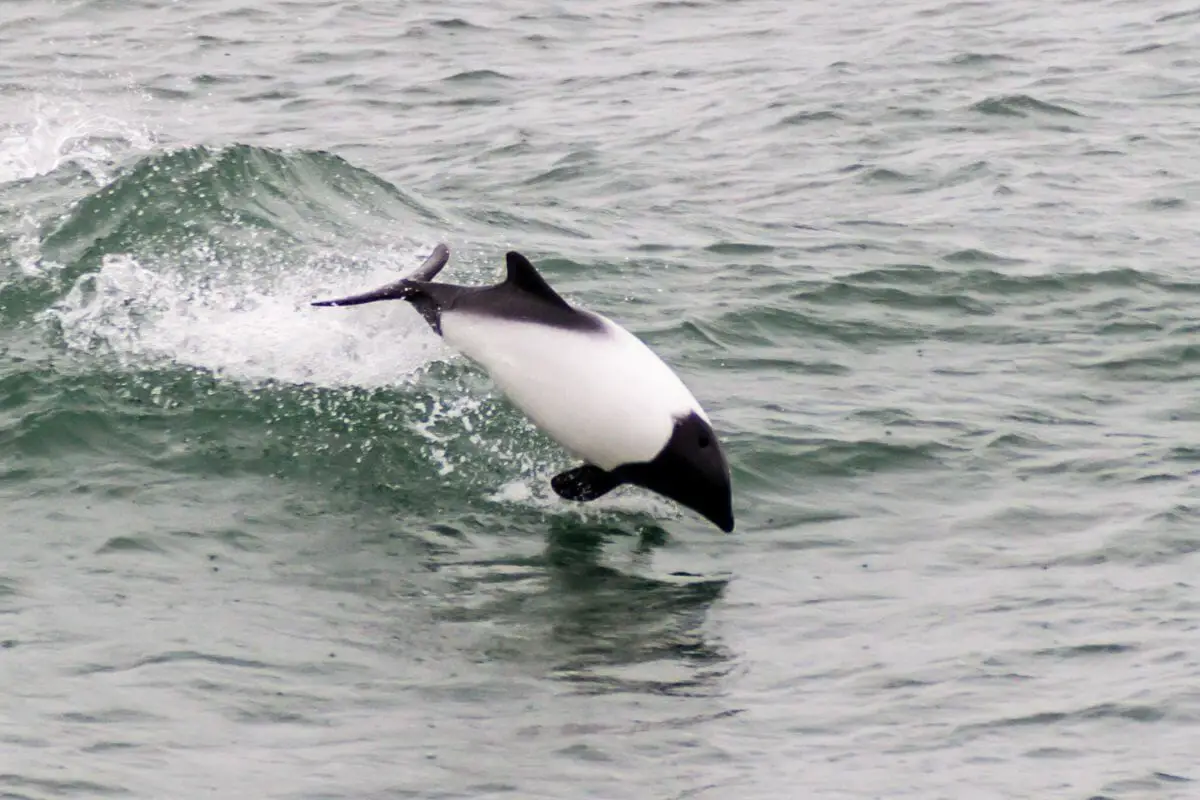
When you think of a dolphin you probably imagine an elegant gray creature swimming in warm waters. Commerson’s dolphins, also called panda dolphins, are white with a black or dark gray head, dorsal fin and fluke.
They are quite stocky in appearance, similar to a porpoise, but their behavioral traits are what you would expect from a dolphin.
These animals live for around 18 years in the wild, though this can stretch up to 30 years in captivity. Between 6 and 9 years old they reach sexual maturity, and the gestation period for a calf is 11 months.
Commerson’s Dolphins are very active, swimming quickly, spinning, twisting and leaping through the surface of the water. They also surf on breaking waves and swim behind fast moving boats.
These dolphins feed on fish and squid, and sometimes swim upside down in order to see their prey better. These dolphins are on the list of threatened species, though they are currently a low concern.
Albatross
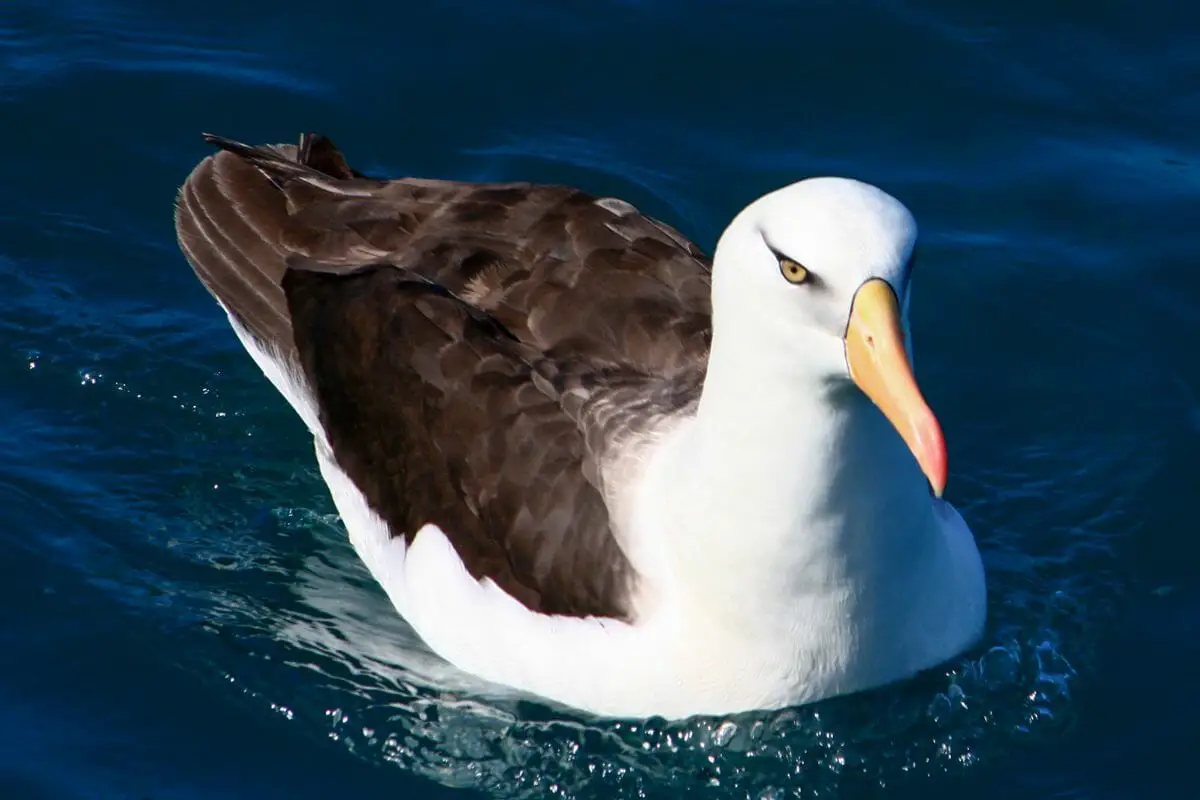
Albatrosses are one of the largest flying birds with a wing span of up to 12 feet. These sea birds feed on squid, fish and krill through diving and scavenging.
There are over 20 species of albatross, and they can be found along the coasts of South America, South Africa, Australia and Antarctica.
These birds live for over 50 years, with the oldest on record still breeding at 70 years old. They don’t mate for life, but they will mate with the same partner for several seasons in a row.
Although these birds reach sexual maturity at 5 years, they won’t begin breeding for another few years. This is so they can work on their breeding dance ritual.
Once they begin breeding they will not breed every year, but will invest more time on each chick to ensure their survival.
The biggest threat to albatrosses is human interference, both direct and indirect.
They have been hunted, harvested for feathers, caught up in fishing nets, choked by plastic in the ocean and their numbers have been depleted by introduced species.
Out of 22 recognised species, 19 of them are vulnerable, endangered or near threatened.
Summary
Antarctica is a harsh environment but there are certain species of animals that have adapted to the conditions and are thriving.
The ecological system in that habitat is fascinating and each animal has their own part to play.



